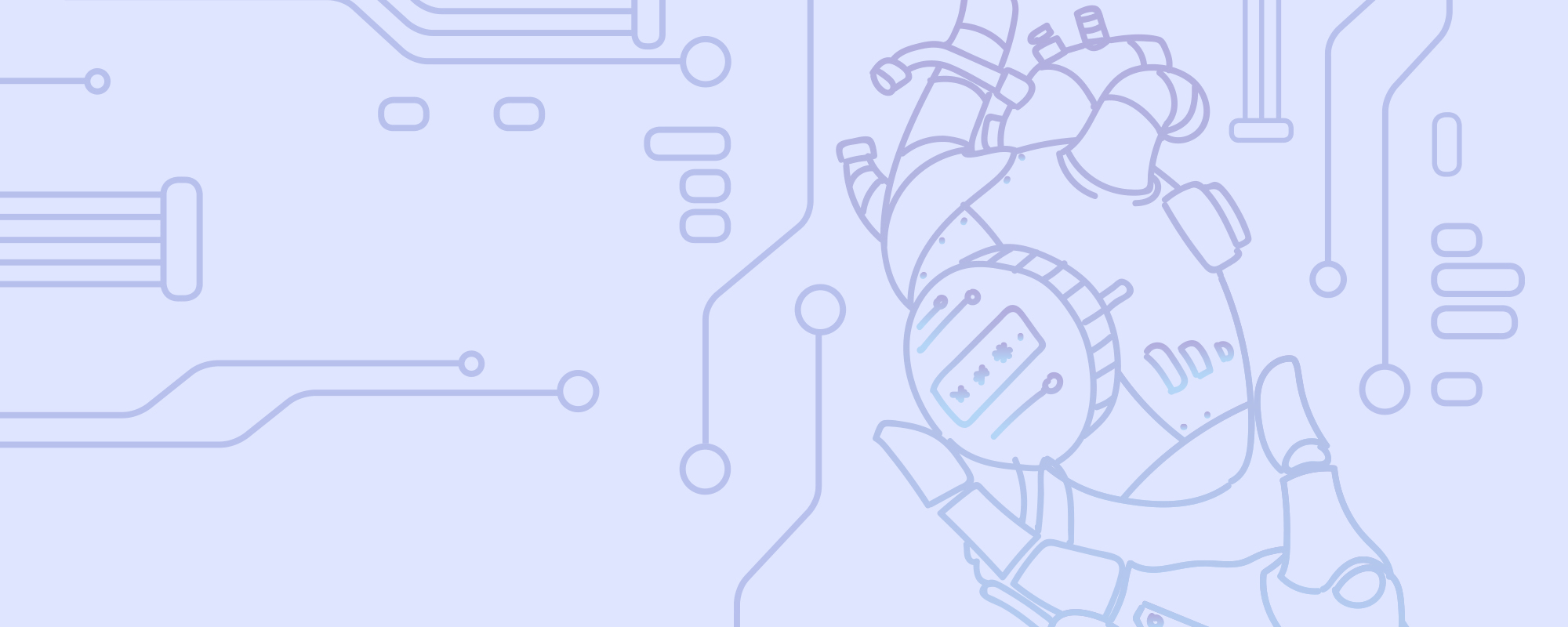Love is mysterious territory for many. Particularly when we talk about love between a human and an artificial being. Prof. Alexiei Dingli writes.
So one might ask, what is the prerequisite for a person to be attracted to another entity?
You may raise an eyebrow here, but the truth is stranger than fiction. This year, a Japanese man is celebrating a decade of marriage to a video game character named Nene Anegasaki. In 2017, a contemporary reincarnation of the Pygmalion character, a Chinese Artificial Intelligence engineer, married a female android he built.
We are attracted to beings that exhibit human properties.
This question has taunted philosophers since the dawn of time and I’ll try to answer it through association, starting with the most basic feature — their humanness. We are attracted to beings that exhibit human properties. Sometimes, this is a matter of appearance. Photorealistic avatars have come a long way in today’s day and age. Piloting the technology are companies like the new Virtual Reality (VR) porn startup Holodexxx that employs VR to give their clients a fully interactive and customisable sex experience involving both real actors and avatars. The avatars can be created either through digital scans of real pornstars or they can be entirely virtual characters.
Since avatars can be made to specification, we start approaching the boundaries of what is acceptable and what is not. It could be that some people might be attracted to a centaur, and they can now fulfill their desires with VR. But what if the attraction is towards a little virtual child? Despite being illegal in our real-world society, cases of abuse still occur. The same goes for online worlds where it is unfortunately easier for people to have these sorts of encounters. In 1998, Sky News investigators discovered a paedophile playground called Wonderland, hidden inside a virtual world called Second Life.
Even brothels are discovering the power of robots to replicate the feel of a real person. Barcelona-based sex doll company LumiDoll is opening brothels across the continent, offering robotic sex workers with recognisable and relatable characters; such as the anime-inspired blue-haired Aki or the angelic Lilly. The company claims that users will ‘hardly distinguish’ between the dolls and real women since they are made using thermoplastic elastomer, a polymer renowned for its softness.
But physical aspects are just one side of human intimacy. What about intellectual engagement and meaningful communication? To fulfill these needs, the tech world has produced chatbots.
Before we all start raising our pitchforks though, this might be a good time to remind ourselves that not all machines aim to replace humans.
A chatbot is a computer programme capable of engaging in varying levels of conversation. There are various options, ranging from virtual girlfriends or boyfriends to anything else your heart desires. The intellect of the chatbot is rather questionable, but for some it can be enough to serve as a companion for a stress-free conversation in their free time. Some of these even have a great sense of humour that keeps the person bonded with them. Jealous lovers beware, however. Microsoft’s Ruuh, a virtual friend that was online in 2017, had over 30 billion conversations during its lifetime and received 600 ʻI love youʼ messages every day!
Before we all start raising our pitchforks though, this might be a good time to remind ourselves that not all machines aim to replace humans. Technology can act as an intermediary to help transfer the intimacy of one person towards another. A simple text or video chat can be used to connect two hearts located on opposite sides of the globe. Lovers can also meet inside virtual worlds providing them with 360° freedom. Kissenger by Lovotics is a technology that can transfer real kisses. A person kisses a robot and that kiss is relayed to another person located in a different place.

The possibilities of these new technologies are endless. That is why at the Department of AI (University of Malta), we research mixed-reality applications focusing on empathy. Our goal is to create better machines that can satisfy not just the functional needs of an individual, but also the emotional ones.
As we have seen, there are different ways of interacting with robots, both physically or virtually. This doesn’t mean that these are examples of love, but they definitely exhibit some form of connection. What is certain is that our relationship with machines is going to evolve over time. The more human-like they become, the more we will find people engaging with them in an affectionate way. However, there is just one question we should ask ourselves. What if machines start loving us back?





Comments are closed for this article!